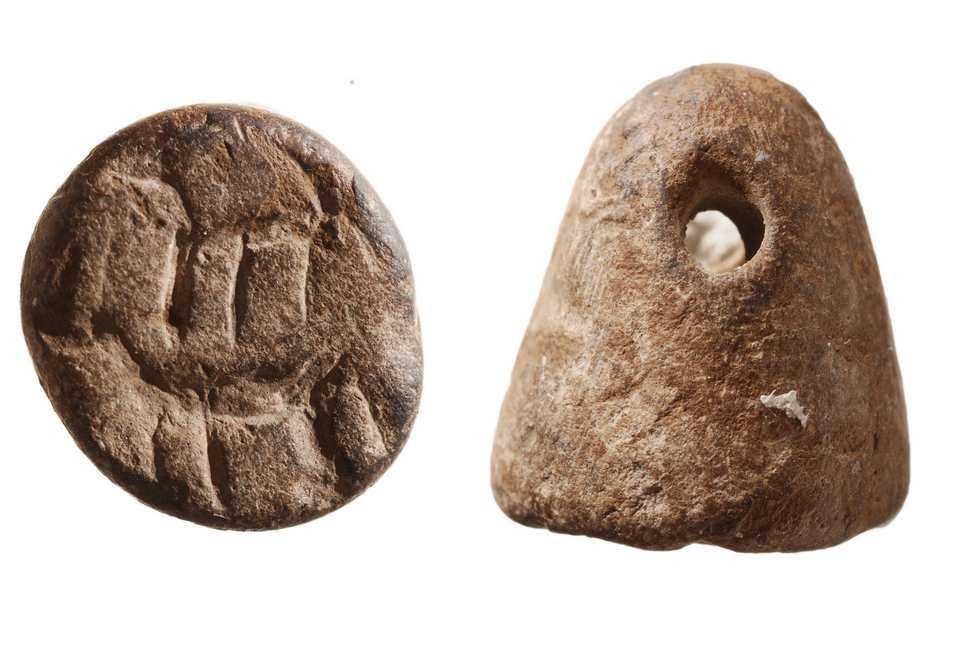 JERUSALEM – A 3,000-year-old seal discovered on Jerusalem’s Temple Mount likely dates back to the times of David and Solomon and confirms the credibility of the Bible’s historical record.
JERUSALEM – A 3,000-year-old seal discovered on Jerusalem’s Temple Mount likely dates back to the times of David and Solomon and confirms the credibility of the Bible’s historical record.
Since 2004, the Temple Mount Sifting Project has combed through tons of soil that was illegally removed from the Temple Mount by an Islamic group in 1999. The Sifting Project has recruited over 170,000 volunteers through the years to carefully search through the excavated earth and look for artifacts.
“Since the Temple Mount has never been excavated, the ancient artifacts retrieved in the Sifting Project provide valuable and previously inaccessible information,” explains the project’s website. “The many categories of finds are among the largest and most varied ever found in Jerusalem.”
Volunteers sifting through the soil have unearthed thousands of artifacts. The finds from the project are all preserved for processing and scientific analysis.
Late last month, the Sifting Project announced that one particularly rare artifact was recently discovered: a 3,000-year-old seal dating to the period of the biblical kings David and Solomon. In a press release, the project said a 10-year-old boy from Russia discovered the seal, and archaeologists only recently deciphered it.
“The seal is the first of its kind to be found in Jerusalem,” the Sifting Project’s press release says. “The dating of the seal corresponds to the historical period of the Jebusites and the conquest of Jerusalem by King David, as well as the construction of the Temple and the royal official compound by his son, King Solomon.”
The seal is made of limestone, and upon its base appear the images of two animals. The seal, which was likely used to seal documents, is perforated, thus enabling one to hang it from a string.
“What makes this discovery particularly significant is that it originated from upon the Temple Mount itself,” explains the press release.
The seal’s discovery also suggests that administrative activity took place upon the Temple Mount during those times.
Even more importantly, though, the seal confirms the Bible’s historical descriptions of King David, King Solomon, and the Temple. Some archaeologists have claimed that the Temple’s construction and Jerusalem’s expansion did not occur when the Bible says they did. Yet the discovery of this ancient seal undermines these theories.
“Recent finds from other excavations, including the Ophel (south of the Temple Mount), the City of David, as well as those from the Temple Mount Sifting Project, weaken the minimalists theories and indicate that the descriptions found within the Biblical text relating to expansion of Jerusalem may, in fact, be authentic,” the Sifting Project’s coordinators stated.
Even though artifacts processed by the Sifting Project have been extracted from their archaeological context, archaeologists are able to date and identify them by comparing them with those found at other sites.
“In recent years, using newly developed statistical methodologies and technologies we have managed to overcome the challenge of having finds with no exact context since they were not recovered in a proper archaeological excavation,” the Sifting Project’s release says.
More than half a million finds from the Temple Mount are waiting to be processed and analyzed, so additional discoveries may be forthcoming.
Photo: Temple Mount Sifting Project
Become a Christian News Network Supporter...


